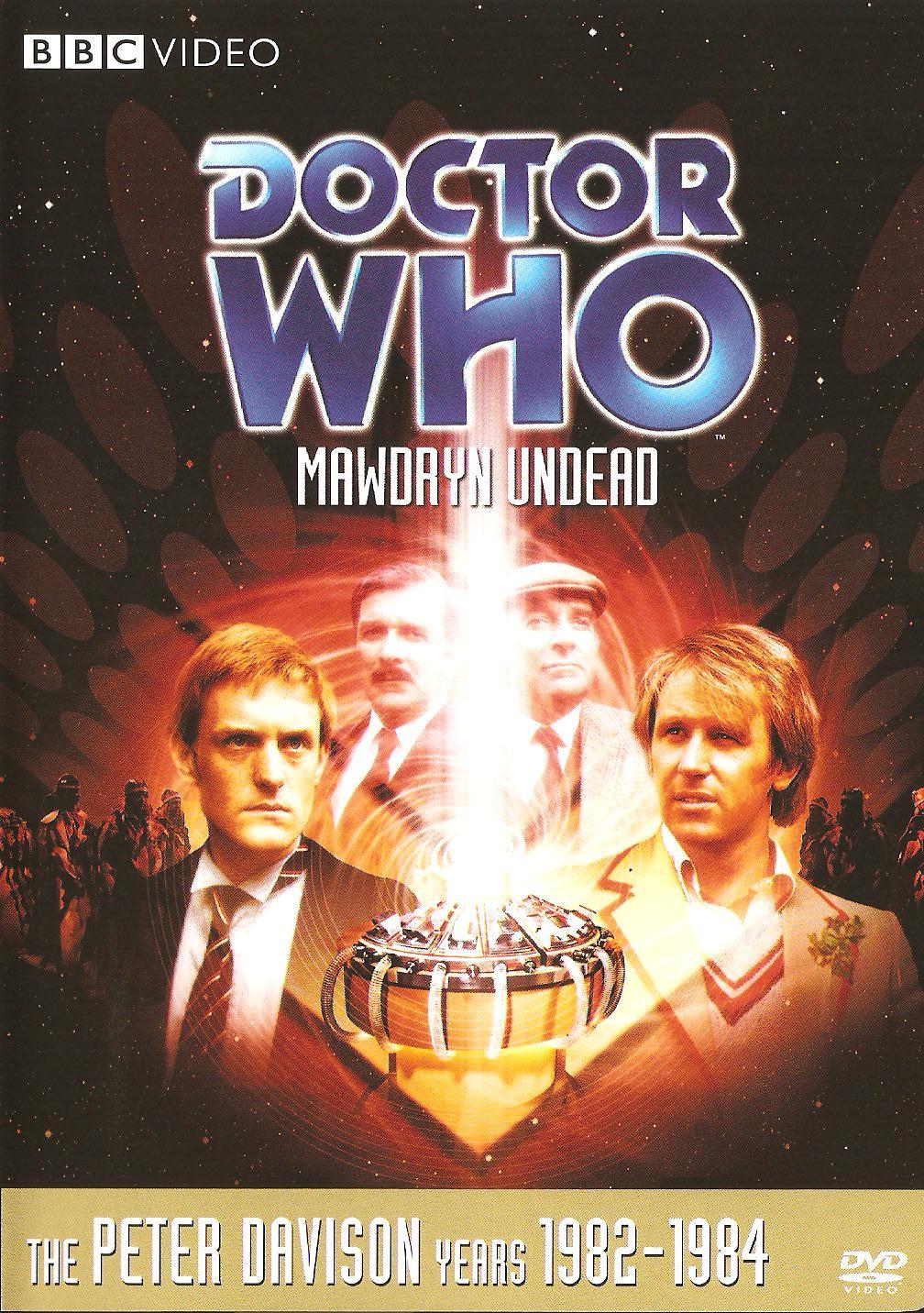 |
| Doctor Who-Planet Of Giants |
Following a malfunction in the TARDIS's materialization circuits the Doctor,Ian,Barbara and Susan find themselves shrunken to just under an inch high and being menaced by a world of giant Earthworms,insects and a cat. After the realization that the insects they're seeing are dead,and Ian's discovery of a giant (to him) murdered man it's made apparent what's going on around them: a scientist has been murdered by economically motivated chemists who have been developing an insecticide that,if unleashed could wipe out all life on Earth.
Following Barbara's exposure to the insecticide,the TARDIS crew attempt to phone the authorities but again their altered physical parameters get in the way. They are however successful in starting a small fire,at which time the odd high frequency phone call originally delivered by the shrunken Doctor has the authorities are alerted of the suspicious activities and arrest the men responsible for the murder while the Doctor manages to re-create the evens that shrunk them,thereby returning the TARDIS and it's crew to their proper size and Barbara back to health.
For it's time,this was a very compact and effective serial for Doctor Who. The effects,including seemingly huge match boxes,drain pipes and drain plug chains in proportion to the actors are extremely well done for their time and budget. There's also an early in the game environmental message as well,concerning a group of money hungry profiteers looking to benefit from the potentially dangerous insecticide that has dangerous side effects on all living beings. The sudden view of life from the perspective of being smaller helps the TARDIS crew to view this wrong against humanity from a different perspective. This is actually one of my favorite first doctor stories and I feel it's a highlight for the entire classic series as well.














